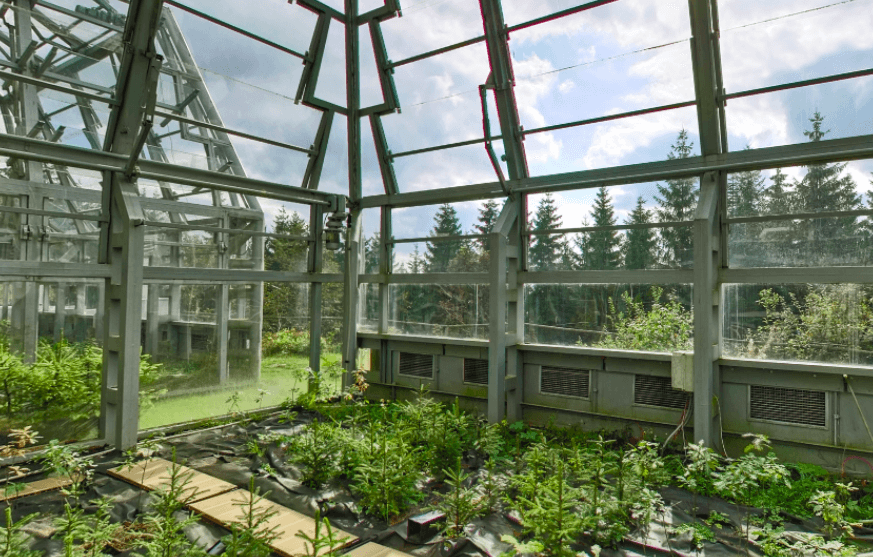prof. RNDr. Jakub Hruška, CSc. – head
Scientists:
Mgr. Leona Bohdálková, Ph.D.
RNDr. Tomáš Chuman, Ph.D.
RNDr. Mgr. Jan Hofmeister, Ph.D.
RNDr. Pavel Krám, Ph.D.
Mgr. Anna Lamačová, Ph.D.
Mgr. Filip Oulehle, Ph.D.
Ph.D. students:
Ing. Veronika Petrová
Mgr. Jan Svoboda
Others:
Mgr. Jan Čuřík
Ing. Eliška Glovinová, Ph.D.
Ing. Oldřich Myška
Ing. Milena Žídková
A variety of direct and indirect influences on climate, soil, water and forests may be encountered in Central Europe. They are evident in changes in biogeochemical cycles of ecologically significant elements. These changes in turn affect individual components of ecosystems and often act through very complicated mechanisms and pathways. Knowledge of individual cycles and their interconnection and mutual influence is essential for a proper understanding of how ecosystems function and how they respond to climate change in combination with such other factors as forestry management and acidification. Only by better understanding these phenomena can we deduce their future development and make appropriate decisions in carrying out such important activities as managing forests, soils and waters.
The department’s main objectives are to:
a) assess changes in the hydrological cycle of forest catchments under various GCC scenarios;
b) study the impacts of GCC on the nitrogen cycle (its leaching, fixation in soils, availability, and direct losses back into the atmosphere);
c) analyse the impacts of GCC and other anthropogenic influences (changes in atmospheric deposition) on the concentration, form and export of dissolved organic and inorganic carbon from ecosystems;
d) study the impacts of GCC and other anthropogenic influences on sufficiency or insufficiency of base cations in forest soils;
e) evaluate in terms of the chemistry of forest soils the phenomenon of intentions to eliminate GCC’s influence by utilization of post-logging residues for energy purposes; and
f) carry out modelling to forecast developments in the hydrology of water and soil chemistry to 2100 under various scenarios of GCC development.
To fulfil these objectives, the following key instrumentation will be used:
a) ion-exchange liquid chromatograph for determination of anions and cations in waters and extracts;
b) automatic titrator for determining pH, alkalinity and acid–base characteristics of dissolved organic carbon in waters;
c) UV/VIS spectrophotometer for measuring the spectra of dissolved organic carbon and determining the concentrations of ammonia, dissolved phosphorous and aluminium fractions;
d) mercury analyser for measuring Hg concentrations in waters and soils;
e) limnigraphs with a device for remote transmission of data to improve hydrological measurements of flow rates in river basins;
f) rain gauges and lysimeters to retrofit basins for extractions of deposition and soil waters;
g) elemental analyser of C, N, and H to determine the total content in biomass and soils;
h) analyser of dissolved organic carbon and nitrogen in waters;
i) automatic portable field measurement system for CO2 emissions to quantify fluxes of gaseous CO2 from soils for the measurement of carbon emissions on a limed and reference area; and
j) computers, statistical software, the MAGIC biogeochemical model, and ArcView GIS software




